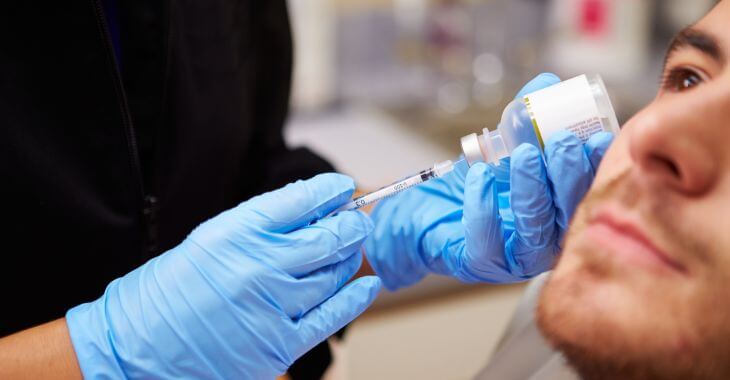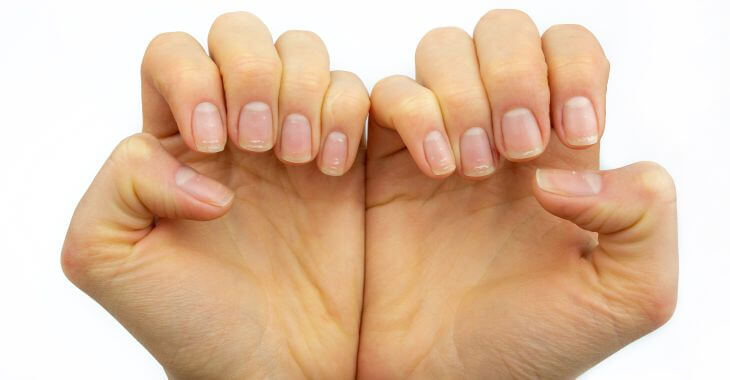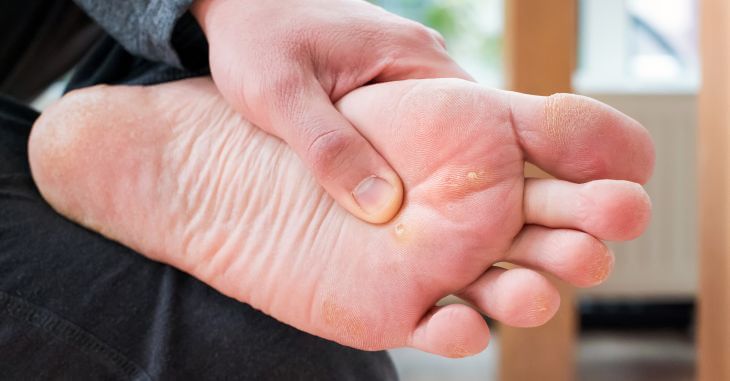Facts and Myths about Oral Herpes
Cold sores and fever blisters on and around the mouth area are symptoms of oral herpes, known as herpes simplex virus 1 or HSV-1. Most people are exposed at some point to this virus and have experienced the painful and embarrassing sores on or around their mouth. However, there are misconceptions about this virus, how it is spread and what can be done to prevent outbreaks. Here is a look at some of the facts, and myths, about oral herpes.
Spread of Oral Herpes
HSV-1 is spread through direct contact with another person with the oral herpes virus. This usually happens as a child; a kiss from a parent with HSV-1 can spread the virus to the child. While it is easier to spread the virus when a cold sore or blister is present, herpes can be spread when there is not an outbreak.
Oral herpes can be spread to any part of the body, including the genitals. However, there is a difference between oral herpes (HSV-1) and genital herpes (HSV-2). It usually requires skin-on-skin contact to spread the virus; myths of getting herpes from a toilet seat or most other surfaces have been debunked. Those who have a cold core or blister should avoid direct contact with others and frequently wash their hands to prevent the spread of the virus to other people or to other areas of their body.
Treating and Preventing Oral Herpes
Oral herpes is not curable, but it can be treated by a dermatologist. While oral herpes treatment is not required, there are medications that can relieve symptoms, plus shorten and help reduce outbreaks. Since stress, hormonal changes and even nutritional factors can trigger can outbreak, those with frequent cold sores and fever blisters can benefit from prevention medication prescribed by a dermatologist.
The information provided on this website, including text, graphics, images, and other materials, is intended solely for informational purposes and should not be used as a substitute for professional medical advice, diagnosis, or treatment.



)